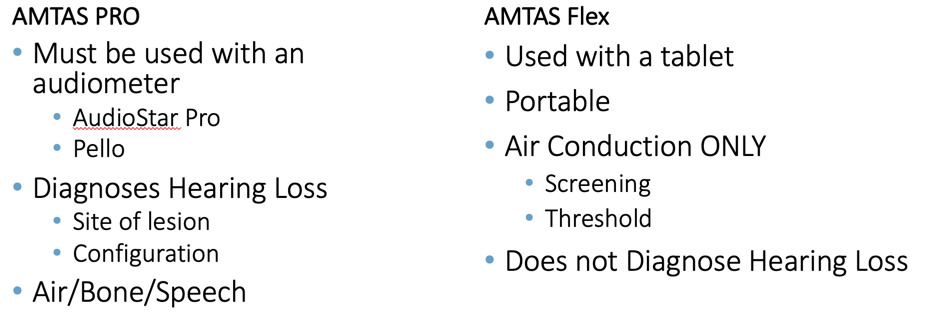Abstract
Myiasis refers to the infestation of living humans and vertebrates with fly larvae that feed on necrotic or vital tissue of the host. Since the invasion of new fly species in Europe is currently being observed, which live obligatorily parasitically or are close relatives of such species, the aim of this study is to obtain a global overview of the distribution of myiasis-causing fly species in times of climate change and to assess the possible consequences for Western Europe. A systematic literature search was conducted using Pubmed/Medline for the years 1997 to 2017 and a total of 464 international case reports from 79 countries were evaluated. The described cases were caused by 41 different species. In 99.4% of the cases, it was a colonization by just one species, a maximum of three species were detected in a human. Casuistics from Western Europe mostly describe myiasis as a "holiday souvenir" from tropical regions. Reports of autochthonous cases are rare in comparison to other regions. With regard to rising temperatures and the invasion of new fly species, a noticeable increase in the number of cases in Western Europe is to be assumed, which could be an increasing problem in the clinical area and in care, which is why thorough monitoring for professional identification and treatment seems important in the future.
http://bit.ly/2B9zIET




